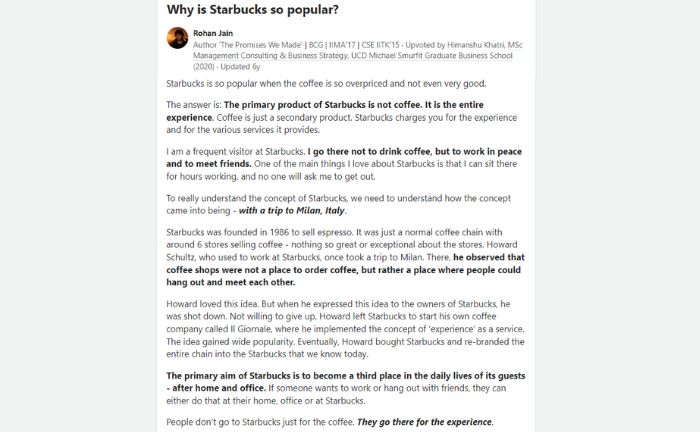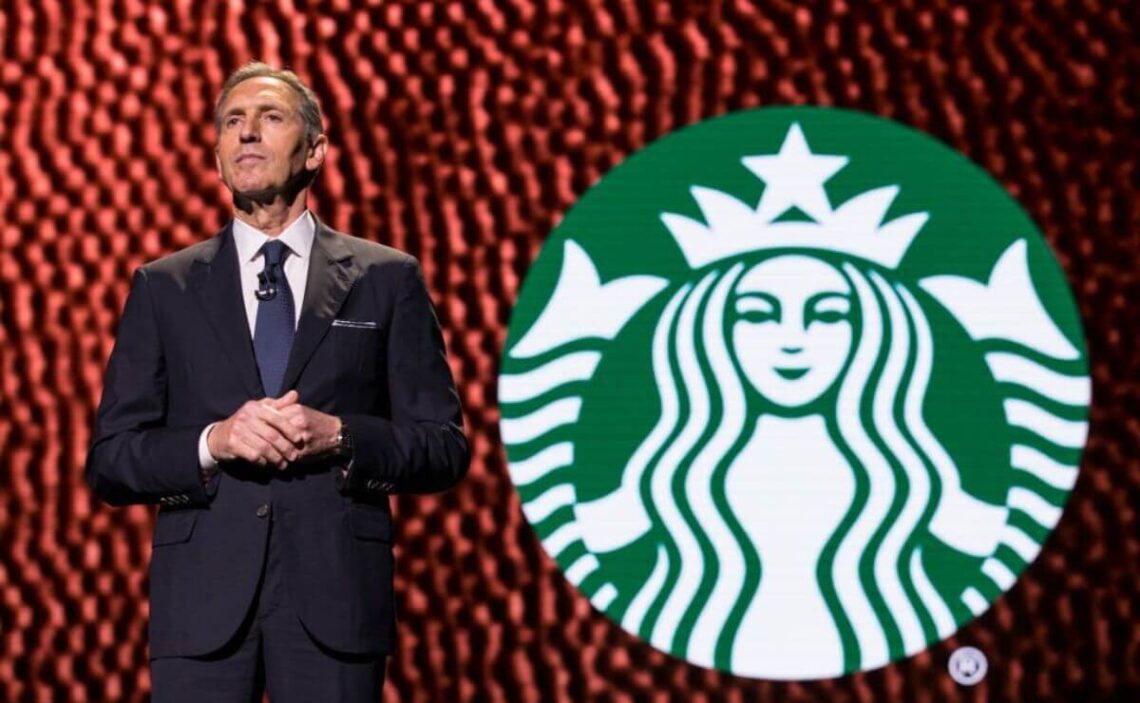Since the department of Howard Schultz from Starbucks in 2000, the company has faced some hardships regarding its brand and products, but he came back in 2008 to set things right. Fast forward to 2024, we can see some of the changes that Starbucks has made throughout the years.
Even though he stopped being the CEO in 2017, Schultz had a clear vision for Starbucks and the potential for the company to become more than just a coffee retailer. He saw an opportunity to create a unique experience around coffee and build a community-focused brand.
Innovation and risks are some of the things that people need to take to succeed, and Schultz was not afraid. Under his leadership, Starbucks introduced new products and expanded into new markets, both domestically and internationally.
The history behind Starbucks’ success
Initially, Starbucks was a small coffee bean and equipment retailer. In 1982, entrepreneur Howard Schultz joined the company as the Director of Retail Operations and Marketing.
Inspired by a trip to Italy and fascinated by the coffee culture there, Schultz envisioned turning Starbucks into a place where people could gather and enjoy high-quality coffee, and later transform it into a company focused on providing a unique coffee experience.
One key factor contributing to Starbucks’ success was its focus on quality. The company sourced high-quality Arabica coffee beans from around the world, roasted them in small batches, and provided customers with a wide range of coffee and espresso-based beverages.
But it is not always about the coffee, the environment was crafted with a comfortable and inviting atmosphere in its stores, with cozy seating, music, and free Wi-Fi, making it a “reality escape” between home and work.
By the early 2000s, Starbucks had become a global phenomenon, with thousands of stores worldwide. However, the company faced some challenges and growing pains, leading to a decline in its financial performance.
The company faced these hardships with the comeback of Schultz and has regained its momentum, and today it is one of the largest coffee chains globally, with more than 30,000 stores in over 80 countries.
What did Howard Schultz do to bring back Starbucks to its prime?
If we focus on the industry’s operational and marketable aspects, Schultz had to make a lot of big decisions to keep up with the times:
- Closing underperforming stores
- Innovation in beverage offerings
- Expanding into non-coffee categories, such as teas and food items.
- Embracing technological advancements, like mobile payment options, digital rewards programs, and online ordering, which
These decisions enhanced convenience for customers, and they greatly implemented satisfactory service from employees to customers. It is safe to assume that the transition from being a product-based business into an experience-based one.
For instance, Rohan Jain, a user from Quora, talks about how he frequently goes to Starbucks not for the coffee, but to enjoy a wonderful time without being stressed or rushed with other things.

He has a point when he says to not go for just the coffee, you can do lots of things in the establishment without being bothered. For instance, if you are a slow worker in your house or the office, why not try Starbucks? With wifi and a delicious beverage, we can assure you that you can be more proactive.
Howard Schultz was a key piece for the company’s success, and it can be attributed to its focus on quality, customer experience, innovation, and a strong corporate culture that values its employees and customers.


